![]()
![]()
![]()
Use LEFT and RIGHT arrow keys to navigate between flashcards;
Use UP and DOWN arrow keys to flip the card;
H to show hint;
A reads text to speech;
20 Cards in this Set
- Front
- Back
- 3rd side (hint)
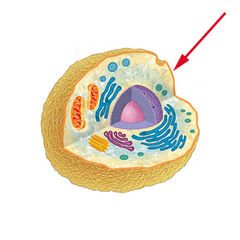
What is a cell? |
The cell is the basic building block of all organisms. |
All organisms are made up of 1 or more of them. |
|

What is a microscope? |
A microscope is a tool you use to look at very small things. |
Why do you use a microscope? |
|
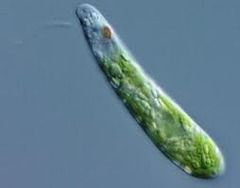
What is a unicellular organism? |
A unicellular organism is an organism made up of one cell. |
How many cells does this Paramecium have? |
|
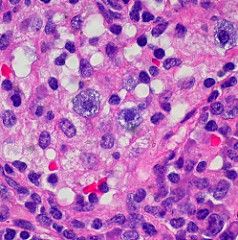
What is a multicellular organism? |
A multicellular organism is and organism made of many cells
|
|
|

What is the most abundant chemical in cells?
|
Water is a chemical. There is more water inside of cells than any other chemical.
|
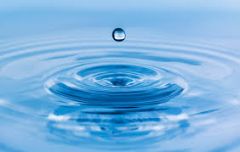
Everything inside a cell floats in it. |
|
|
What do cells have to use in order to grow and repair themselves? |
Cells repair themselves by using ENERGY. |
Gasoline in a car gives it the ____________to run. |
|
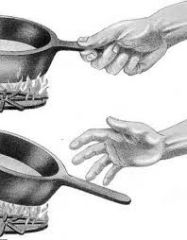
What is a stimulus?
|
A stimulus is a change in the environment that you react to, like pulling your hand away if you get burned or closing your eyes to bright light.
|
Every action to you makes you react. When you are sad you ____________. |
|
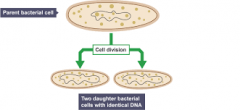
What is reproduction?
|
Reproduction is the ability organisms to make more of themselves. It is a characteristic of all living things
|
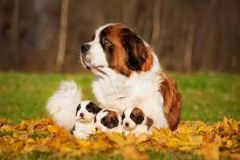
|
|
|
What is Spontaneous Generation?
|
Spontaneous Generation is the false theory that life can occur spontaneously from nothing.
|
Its not true. You can't get anything from nothing. |
|

What did Francesco Redi do?
|
Francesco Redi showed that maggots don't spontaneously generate from rotting meat. They come from eggs laid by the flies on the meat that hatch as maggots .
|
Flies were able to get into the uncovered jar. |
|
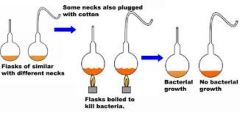
What did Louis Pasteur do? |
He disproved spontaneous regeneration. He showed that bacteria couldn't spontaneously appear in sterilized (cleaned) broth. It had to come from other bacteria. |
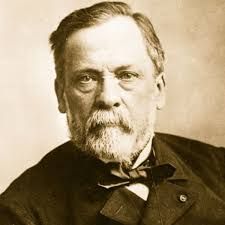
The bacteria grew in the non sterile (unboiled) broth. |
|
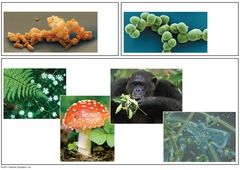
What is an Organism? |
Any living thing. |
|
|
|
What are six characteristics of living things? |
|
|
|
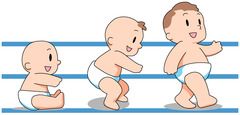
Development |
Development is the process of change that occurs during an organism's life to produce a more complex organism.
|
You can do a lot more now than when you were a baby |
|
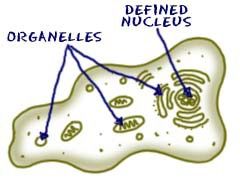
What is a eukaryotic cell? |
Eukaryotic cells are cells that have a nucleus. |
|
|
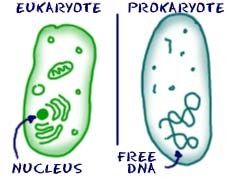
What are prokaryotic cells? |
Prokaryotic cells are cells that don't have a nucleus. |
|
|
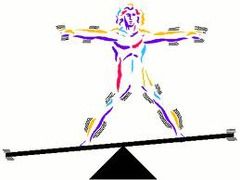
What is Homeostasis?
|
Homeostasis is the maintenance of stable internal conditions by an organism |
|
|
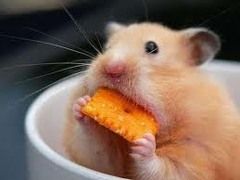
What is a heterotroph? |
Heterotrophs are organisms that can't make their own food. |
They have to find it or get it (like getting strawberry milk from the refrigerator) |
|
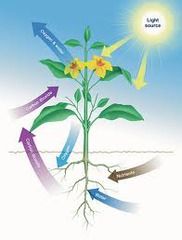
What is an autotroph? |
An autotroph is an organism that can make its own food. |
Most plants don't have to hunt. |
|
|
Spontaneous Generation |
Spontaneous Generation is the mistaken idea that living things can arise from nonliving sources |
|

